Photo Gallery for Pyrausta laticlavia - Southern Purple Mint Moth | Photos: 27 |
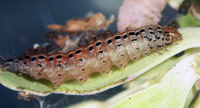 | Recorded by: J.B. Sullivan on 2023-09-19
Carteret Co.
Comment: Larvae on 2023-09-19 (13 mm) in flower heads of Monarda punctata; two adults emerged on 2023-09-27 |  | Recorded by: J.B. Sullivan on 2023-09-19
Carteret Co.
Comment: Larvae on 2023-09-19 (13 mm) in flower heads of Monarda punctata; two adults emerged on 2023-09-27 |
 | Recorded by: Terrell Tucker on 2023-08-19
Moore Co.
Comment: | 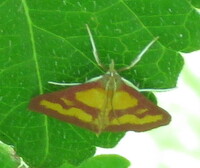 | Recorded by: Salman Abdulali on 2023-08-12
Pitt Co.
Comment: |
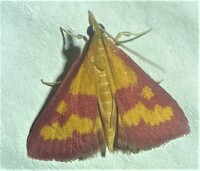 | Recorded by: Dean Furbish on 2023-07-24
Wake Co.
Comment: |  | Recorded by: R. Newman on 2023-07-22
Carteret Co.
Comment: |
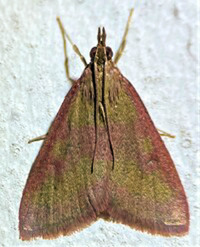 | Recorded by: Dean Furbish on 2023-02-20
Wake Co.
Comment: |  | Recorded by: Dean Furbish on 2022-10-01
Wake Co.
Comment: |
 | Recorded by: R. Newman on 2022-09-21
Carteret Co.
Comment: | 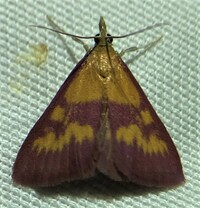 | Recorded by: Dean Furbish on 2022-06-18
Wake Co.
Comment: |
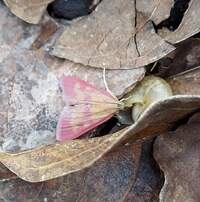 | Recorded by: Mark Basinger on 2021-10-10
Brunswick Co.
Comment: | 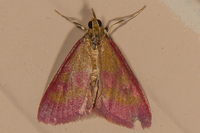 | Recorded by: David L. Heavner on 2021-09-24
Chatham Co.
Comment: |
 | Recorded by: David George on 2021-09-02
Wake Co.
Comment: | 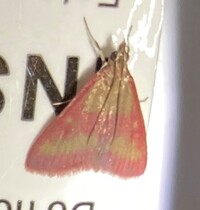 | Recorded by: Dean Furbish on 2021-04-06
Wake Co.
Comment: |
 | Recorded by: Morganne Bowers on 2020-09-13
Onslow Co.
Comment: | 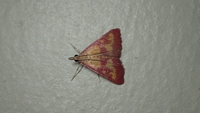 | Recorded by: Erich Hofmann on 2020-08-18
New Hanover Co.
Comment: |
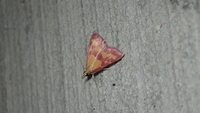 | Recorded by: Erich Hofmann on 2020-08-18
New Hanover Co.
Comment: | 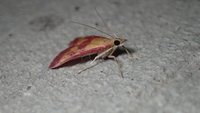 | Recorded by: Erich Hofmann on 2020-08-18
New Hanover Co.
Comment: |
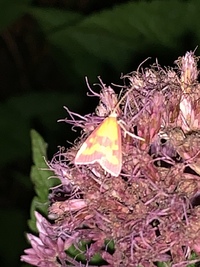 | Recorded by: Timothy Gerla on 2020-07-27
Orange Co.
Comment: |  | Recorded by: Erich Hofmann on 2020-06-12
Craven Co.
Comment: |
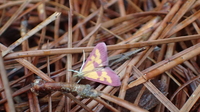 | Recorded by: Erich Hofmann on 2020-06-12
Craven Co.
Comment: | 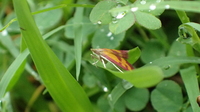 | Recorded by: Erich Hofmann on 2020-06-12
Craven Co.
Comment: |
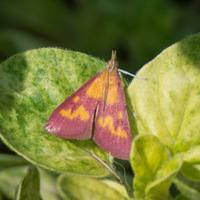 | Recorded by: Roger Shaw on 2017-06-03
Moore Co.
Comment: | 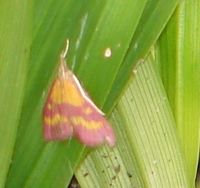 | Recorded by: Salman Abdulali on 2011-08-30
Pitt Co.
Comment: |
 | Recorded by: FKW on 2009-09-09
Gates Co.
Comment: | 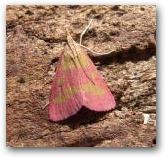 | Recorded by: Newman, Randy on 2006-05-02
Carteret Co.
Comment: |
 | Recorded by: Newman, Randy on 2005-10-01
Carteret Co.
Comment: |